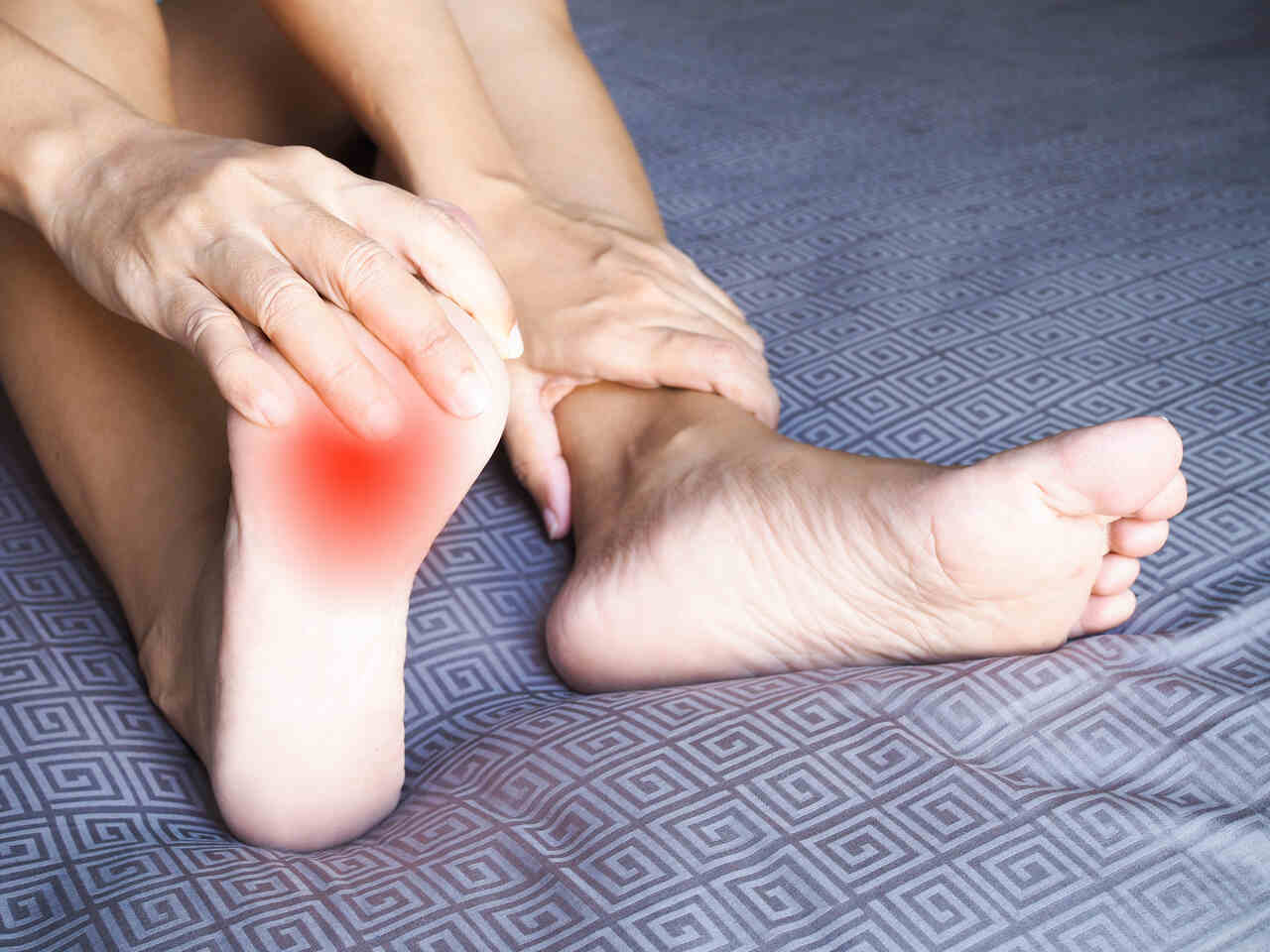Plantar fasciitis is a common condition that causes persistent heel and foot pain, often making everyday activities difficult and uncomfortable. For those struggling with chronic symptoms, shockwave therapy offers a non-invasive solution to stimulate healing and improve function. This blog explores the benefits, process, and effectiveness of shockwave therapy for plantar fasciitis, helping you make an informed decision about your care.
Plantar Fasciitis Explained
Plantar fasciitis is a common and often debilitating condition caused by inflammation of the plantar fascia, a thick band of tissue that supports the arch of the foot. This tissue connects the heel bone to the toes and plays a crucial role in weight-bearing activities such as walking, running, and standing. Overuse or strain can lead to small tears in the plantar fascia, resulting in irritation and pain, typically felt near the heel. This discomfort is most noticeable in the mornings or after periods of inactivity, as the tissue tightens during rest.
Several factors can contribute to the development of plantar fasciitis, including prolonged standing, repetitive high-impact activities, improper footwear, obesity, and age-related changes. Left untreated, the condition can worsen, significantly impacting daily life. Effective management often includes targeted treatments like shockwave therapy, stretching exercises, and wearing supportive footwear, all aimed at reducing pain and improving mobility.
Understanding Shockwave Therapy for Plantar Fasciitis
Shockwave therapy offers a non-invasive approach to stimulate healing and address chronic conditions like plantar fasciitis.
- Non-Invasive Treatment: Shockwave therapy is a non-invasive technique designed to stimulate healing in injured areas, particularly for chronic conditions that do not respond to other treatments.
- How It Works: The shockwave device emits soundwaves directed at the affected tissue, creating microtrauma. This microtrauma promotes the body’s natural healing processes by stimulating blood flow and cellular repair.
- Targeting the Plantar Fascia: The plantar fascia is a thick connective tissue that connects the heel bone (calcaneus) to the toes. It plays a crucial role in weight-bearing activities such as walking, running, and standing.
- Pain Relief Mechanism: Pain from plantar fasciitis typically originates at the heel bone, where the plantar fascia attaches. Shockwave therapy targets this specific area, increasing circulation and delivering healing properties to reduce pain and improve function.
Is Shockwave Therapy Painful?
Shockwave therapy is generally well-tolerated, though some people may experience mild discomfort during the procedure, particularly in sensitive areas of the foot. The intensity of the treatment can be adjusted by the practitioner to ensure it remains within a tolerable range for the individual. Sessions are typically brief, lasting only 3 to 10 minutes, which minimizes the duration of any discomfort while effectively stimulating tissue healing. Overall, the procedure balances short-term sensations with long-term benefits for pain relief and recovery.
Shockwave Therapy Sessions: What to Expect
Understanding what happens before, during, and after a shockwave therapy session can help you feel more prepared.
- Preparation Before the Session: You will be asked to wear comfortable clothing that allows easy access to your foot. The practitioner will begin by examining the painful area and explaining the procedure. They will also discuss the sensations you may experience during treatment and the outcomes you can expect.
- Positioning and Setup: You’ll be positioned to ensure comfort and optimal access to the bottom of your foot. A gel will be applied to the treatment area to enhance the transmission and effectiveness of the shockwaves.
- During the Treatment: The shockwave device will emit pulsing or tapping sensations, targeting the painful area. While mild discomfort is common, the intensity of the application can be adjusted to suit your tolerance. Sessions are short, typically lasting 5–10 minutes, making the treatment efficient and manageable.
- Post-Treatment Experience: Many people notice immediate pain relief, often within the first 1–3 sessions. Some mild soreness at the application site may occur but usually resolves quickly. Most individuals experience minimal to no downtime and can resume walking or regular activities almost immediately after the session.
How Long Does It Take to See Results from Shockwave Therapy for Plantar Fasciitis?
The results of shockwave therapy for plantar fasciitis often become noticeable within just a few sessions. Most people require 3 to 6 weekly treatments to achieve optimal outcomes, though many report a reduction in pain as early as the first or second session.
Significant improvements, including up to 80% pain relief, are typically observed within a few weeks. Functional gains, such as enhanced mobility and better foot function, usually follow within 6 to 12 weeks. Consistency with therapy sessions and adherence to any post-treatment recommendations are key factors in maximizing the effectiveness of the treatment.
Who is a Good Candidate for Shockwave Therapy to Treat Plantar Fasciitis?
Shockwave therapy is ideal for chronic cases but may not be suitable for everyone.
- Ideal Candidates: Shockwave therapy is particularly effective for individuals with chronic plantar fasciitis lasting six months or more. It is well-suited for those experiencing moderate to severe heel or foot pain that significantly limits daily activities. This treatment is often recommended for people who have not found relief with other methods such as rest, ice, stretching, physiotherapy, or corticosteroid injections.
- Who Should Avoid It: Shockwave therapy may not be appropriate for individuals with acute plantar fasciitis pain lasting less than six weeks, as they may benefit more from alternative initial treatments. People with nerve or circulation problems, including diabetics with peripheral neuropathy, should also avoid this therapy. Additionally, those with vascular conditions like hemophilia or those taking anticoagulants are not ideal candidates. Open wounds or sores in the treatment area may increase the risk of infection or complications, making the procedure unsuitable for these individuals.
- Consultation Required: To ensure shockwave therapy is the right option, it’s crucial to consult your primary healthcare provider. A thorough evaluation of your medical history and specific needs will help determine whether this treatment aligns with your condition and overall health.
Don’t Let Pain Slow You Down
If chronic foot pain from plantar fasciitis is affecting your quality of life, shockwave therapy could provide the relief you need. With its proven ability to stimulate healing, reduce pain, and restore mobility, this non-invasive treatment offers hope for those struggling with persistent symptoms.
Take the first step toward pain-free movement—schedule an appointment with Ottawa Health: Performance and Rehabilitation today and discover how shockwave therapy can transform your recovery journey.




